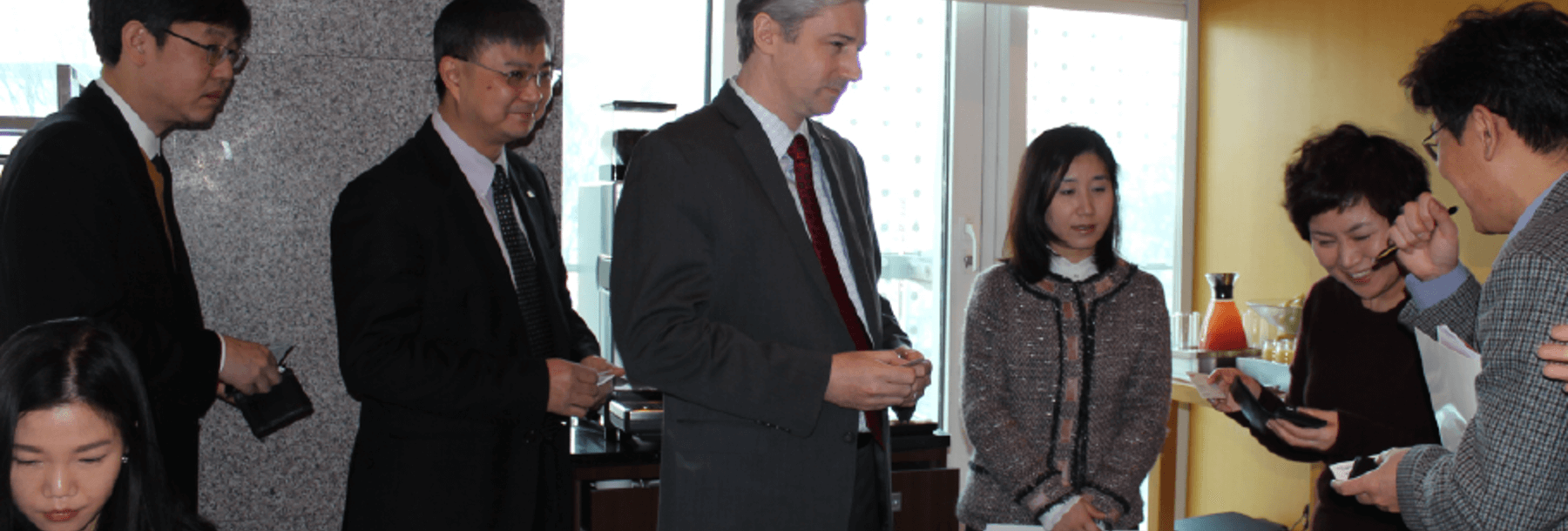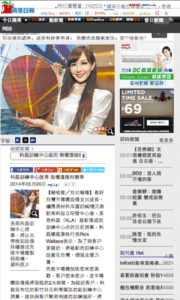
More than ever, tapping into consumer and business markets in the China, Japan, South Korea, Taiwan and Southeast Asia regions is critical to the success of international companies across a broad range of industries. However, as Asian culture is so diversified, this can be a daunting task. The reality is that typical public relations (PR) approaches and principles that are successful in the Americas and Europe often do not work well in Asia.
At Kiterocket, we’ve had lots of success helping international brands break into the Asia semiconductor market. We’ve learned that it requires a customized approach to PR that is adapted to the local media culture. In this blog post, we’ve boiled it down to five key recommendations.
1: Speak the Local Language
Although English is widely used in most countries, if a company wants to ramp up its PR activities in Asia, we recommend following the age-old rule: When in Rome, do as the Romans do. Communicating with the media in their local dialect is the best approach to break through the language barrier, especially in China, Japan, Korea and other countries where English is not the official language. It’s easier for local media to understand product messages, particularly in the high-tech space, when they hear them in their own language.
In China, most people speak Mandarin and write in simplified Chinese. In Taiwan, people speak Mandarin, but with a different tone than China, and write in traditional Chinese. In Hong Kong, Mandarin and Cantonese are spoken in parallel, writing with traditional Chinese. It’s very complicated for foreign companies, and most benefit from a professional PR agency to act as a go-between.
2: Meet the Media Face to Face
In the United States and Europe, it’s often difficult to meet face to face with journalists. Luckily, thanks to modern communication devices and the internet, it’s possible to communicate with them remotely. While this is also a possible method for communicating with journalists in Asia, it’s not the best approach. In Asian culture, face-to-face dynamics are essential, and also show respect for the reporter.
3: Host a Press Conference
While personal interaction is important for running successful PR activities in Asia, it’s only the first step. In China, since the reporters don’t have many chances to connect with international companies, particularly within the semiconductor supplier markets, holding a formal press conference to present and launch product and technology information is essential. This way, reporters can meet with executives and learn about products and technology, allowing them to provide professional and accurate coverage.
Choosing the company’s best spokesperson and selecting a good press conference venue reflects the company’s strongest image. Additionally, being in close contact with reporters on an ongoing basis helps establish and maintain a long-term relationship.
4: Engage Regularly
With so many companies competing for journalists’ attention, it’s important to provide a steady stream of information about your company, from corporate and new product news, to engaging in interviews with journalists to discuss market and technology trends.
However, reporters’ and editors’ inboxes are filled with press releases daily. Due to space and placement limitations in Asia publications, many of these releases go unpublished. While companies consider their press releases to be newsworthy and important, reporters and editors may not share that perception.
So how can a company rise above the competition? Editors are likely to consider the relevance and importance to their local market when choosing which releases to publish, so releases need to be localized. Further, it isn’t enough to just send the release; a good PR pro will provide context and additional information to increase opportunities for coverage. Finally, consistency is key; companies that only issue releases sporadically are less likely to capture the attention of the trade press, as it’s much harder to develop relationships when outreach is inconsistent.
5: Hold PR Activities in Major Cities
Unlike in the United States and Europe, most reporters in Asia are located in big cities, such as Beijing, Shanghai, Tokyo, Seoul, Taipei, etc.; therefore, PR activities are often conducted there. Every day, numerous press conferences and product launches take place in these major cities, and these activities often conflict with each other. When deciding which event to attend, reporters will prioritize the importance of the press conference based on the company and topic, but they also consider the relationship they have with the company and its representatives.
Maintaining relationships with these reporters and editors can be challenging, even for a global company. The corporate spokespeople generally work at company headquarters (mostly in the U.S. or Europe). Unless the company maintains fully authorized branch offices with regional executives such as a president or general manager, they’ll struggle to actively build relationships with the local press. Therefore, it’s beneficial to work with a PR agency that has knowledge of Asia customs and culture, that can communicate regularly with the spokespeople at company headquarters, and effectively represent a company and its interest to the Asia media.
Kiterocket’s strong Asia team has built solid relationships with the Asia press, and stands ready to be your secret weapon in helping you step into Asia!



